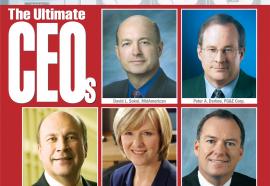Another Side to Decoupling: Share the Gain, Not the Pain
The New Jersey Board of Public Utilities finds incentive programs may be a better way.
New Jersey regulators say they have found a way to achieve conservation objectives while maintaining efficient operations, all without placing additional risk on consumers. How did they do it?









